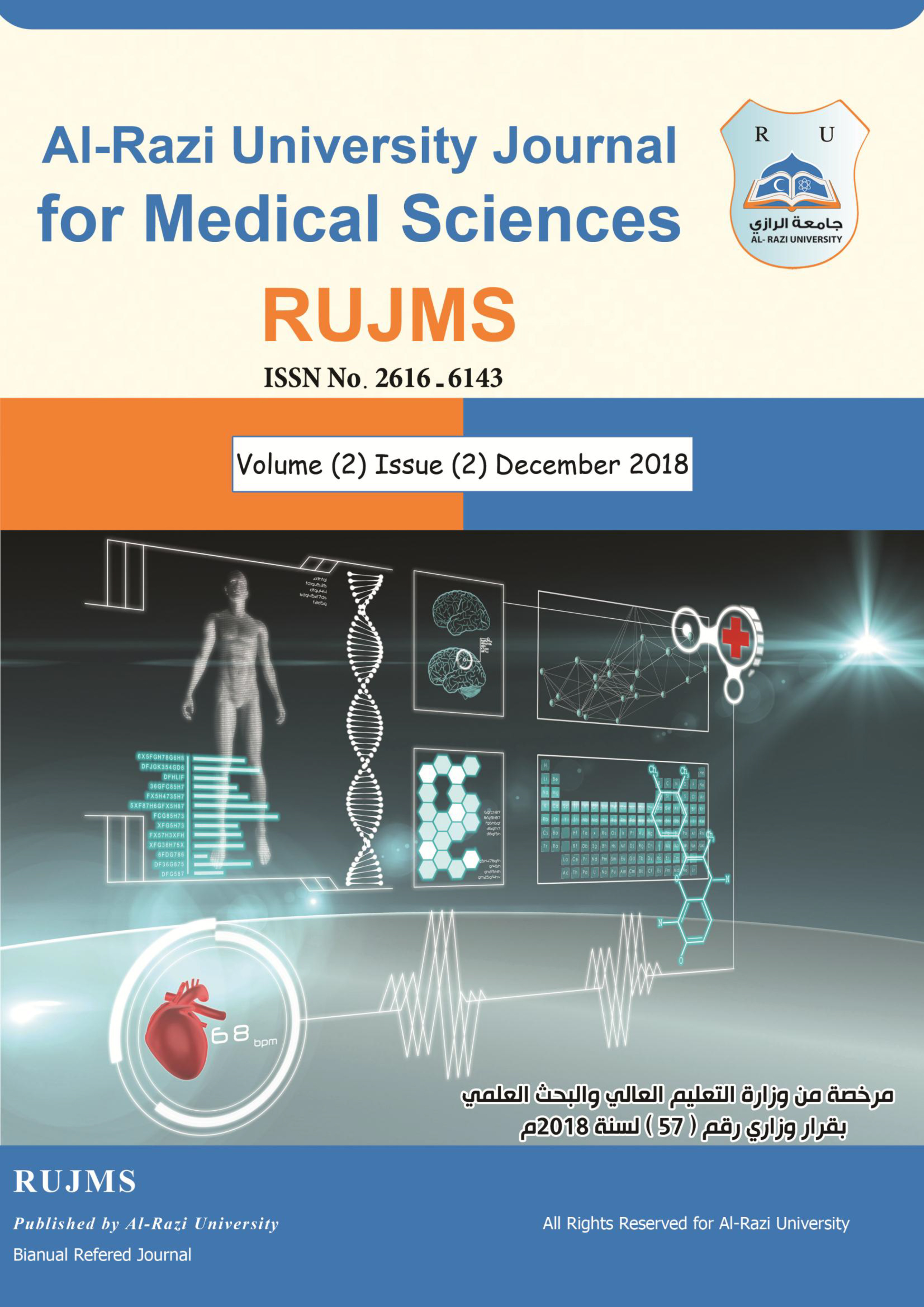Nutritional Status and Associated Factors among Basic School children in Sana'a City-Yemen
Afrah M. Al-Dubhani1*, Fawz M. Abol-Gaith1 , Nabil Ahmed Al-Rabeei1 1Nursing Division, Faculty of Medicine & Health Sciences, Sana'a University, Yemen * Correspondent author: Afrah M. Al-Dubhani, email: afrah2015ye@gmail.com
Abstract
Background: Malnutrition is an increasing health problem among children in developing countries. Few
studies were conducted about school students' malnutrition in Yemen but this study focused on children in
this age group in Sana'a city. Aim: To assess the nutritional status of basic school children in Sana'a city.
.Methods: A cross-sectional study was conducted from March 2017 to May2018. A multistage random
sampling technique was applied to select 198 basic school students. .Data on demographic characteristics
of students and their parents and anthropometric measurements of students were collected using structured
questionnaire as face to face interview .Data was analysis using SPSS software program.. Statistical
significance was considered when p-value <0.05. Results :The mean + SD of students' age were 10.96 + 2
.59 years with (50.5% to 49.5%) male to female percentage respectively. Out of 198 basic school children
about 26.3% of them were underweight, 15.7% were healthy weight, 3.5% overweight and 2.5% obese
based on CDC growth reference standard. The distribution of the children nutritional status based on their
height for age showed that the majority of children were stunted 53.5%. There was strong statistically
significant difference between children nutritional status and their sex, mother and father education, birth
order. Conclusion: The most common form of malnutrition among basic school children in Sana'a city
was underweight at the rate of (26.3%). Sex, mother and father education, birth order were key factors
contributing to malnutrition in children. Nutrition education should be apply to community.

